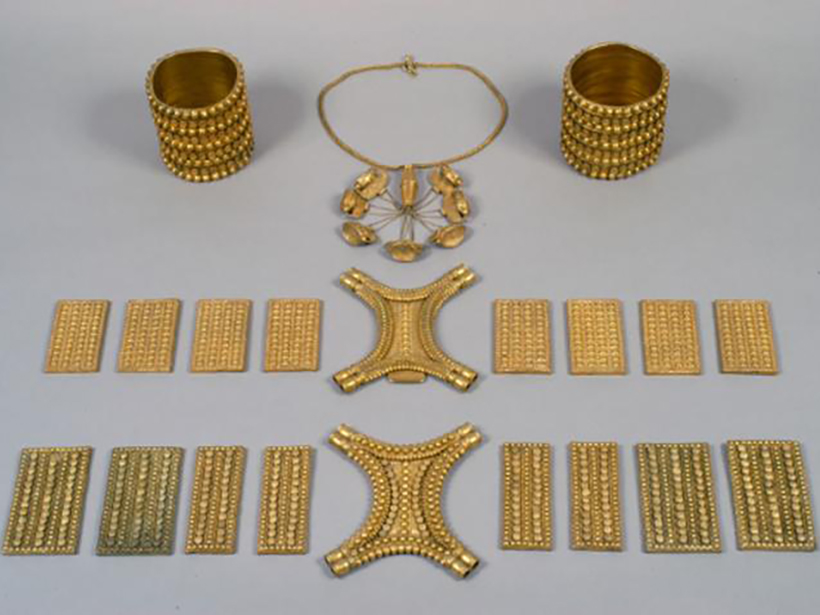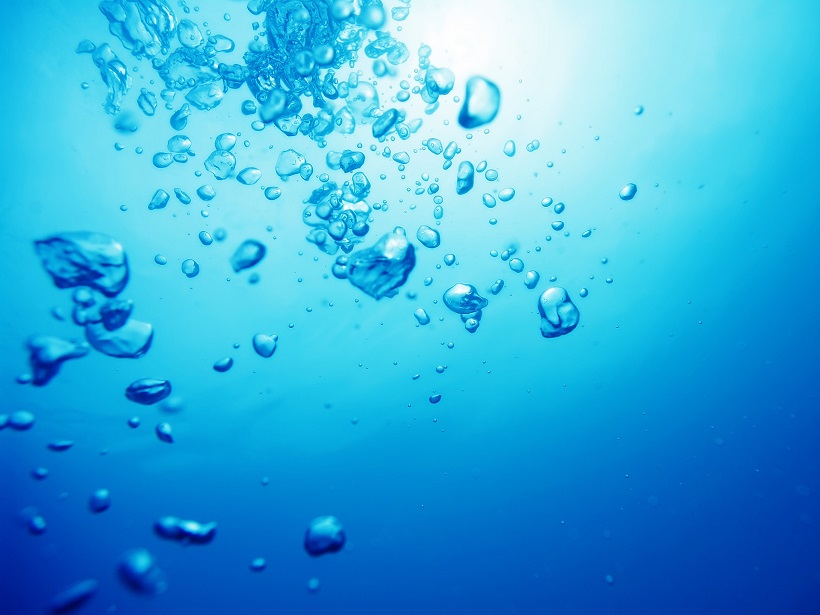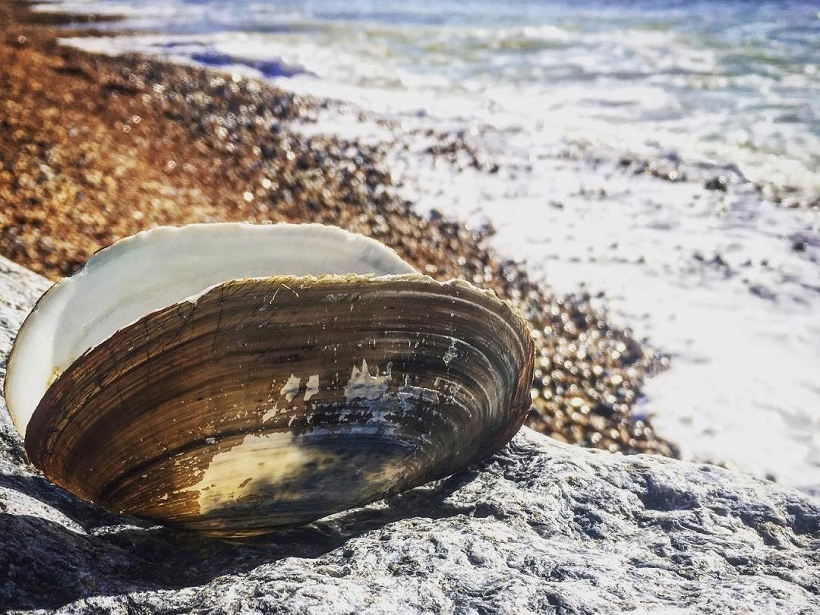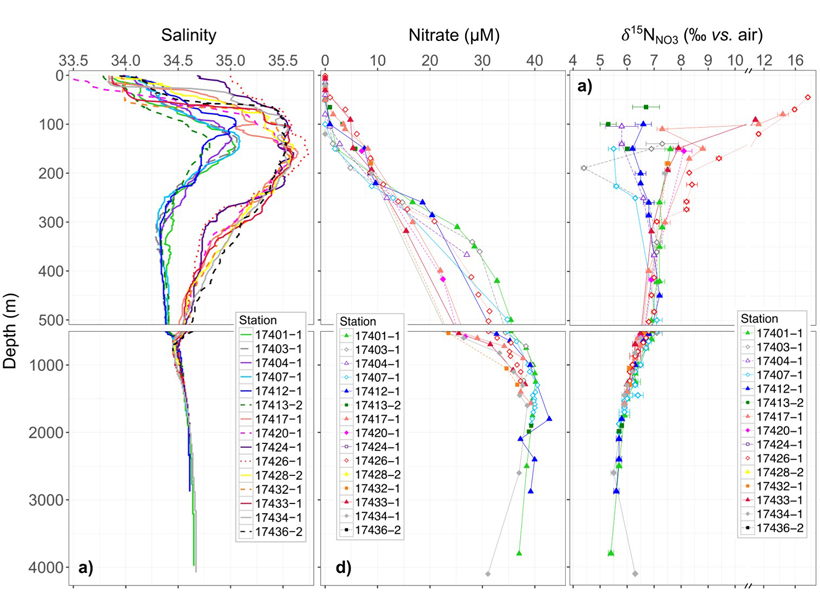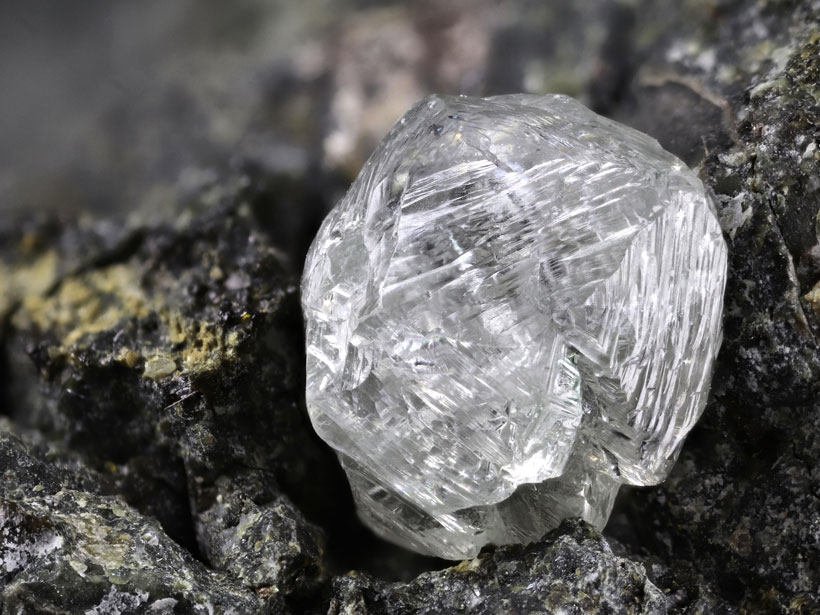Preliminary results from a recent study may begin to shed light on why megalodons died out before the most recent ice age.
geochemistry
Why Trace Metals Cling to the Ocean’s Skin
Metals within the millimeter-thick sea surface microlayer may impact ocean health and climate.
A Rock Guide to Fireworks
Before a firework was red, it was a strontium salt waiting for its moment.
Fresh Take on a Gold Treasure’s Origins Using Geochemistry
Blending geoscience and archaeology, researchers apply a new technique to pinpoint where ancient and unique gold artifacts were crafted.
Multiple Choices Exist for Changing Ocean Oxygen Concentrations
Widespread declines in ocean oxygen concentrations are now being reported with authors offering quite different explanations. Which ones are correct?
Life in the Hyporheic Zone
Defining the chemical relationships between water, sediment, and organisms that thrive beneath riverbeds.
Radiocarbon in the Oceans
Offsets in radiocarbon concentration within the ocean or between the ocean and the atmosphere are particularly useful proxies for a variety of studies.
Unraveling Hemispheric Ocean Nitrate Supply Pathways
Subsurface measurements of nitrogen and oxygen isotope ratios in nitrate reveal a predominantly southern hemisphere supply of nitrate to the equatorial Pacific.
How Ice Rafting Events Affect Asian Monsoon Hydroclimate
Cave stalagmites provide isotopic evidence that Bond events and Heinrich events have more variable effects on Asian monsoon hydroclimate during the last glacial period than during the Holocene.
Diamond Impurities Reveal Water Deep Within the Mantle
A high-pressure form of ice, trapped within diamonds forged in the lower mantle, suggests that aqueous fluids reside deeper in Earth than we knew.




